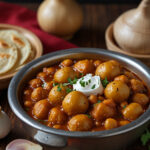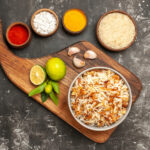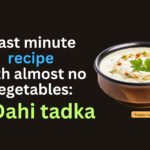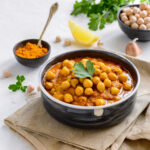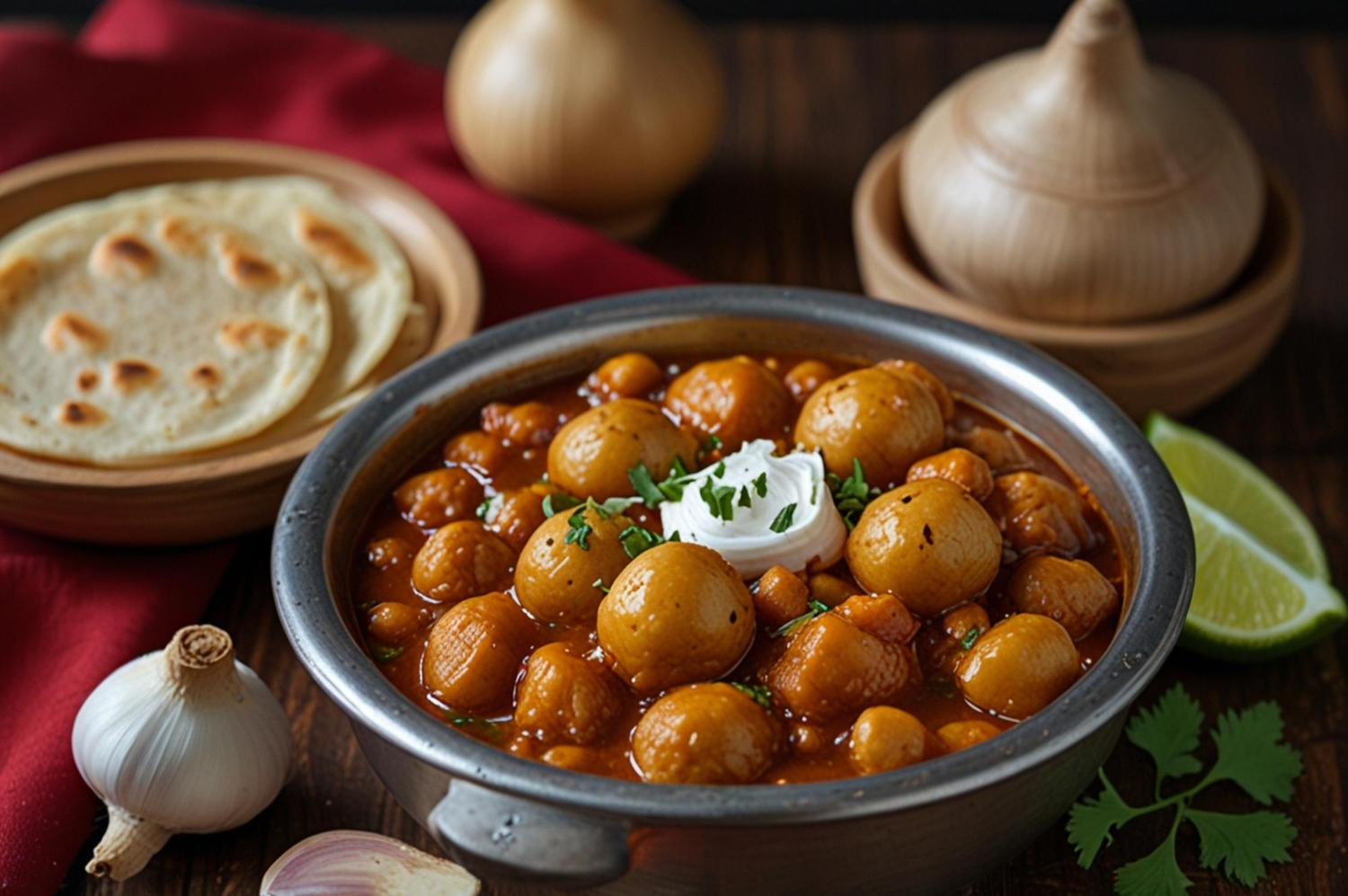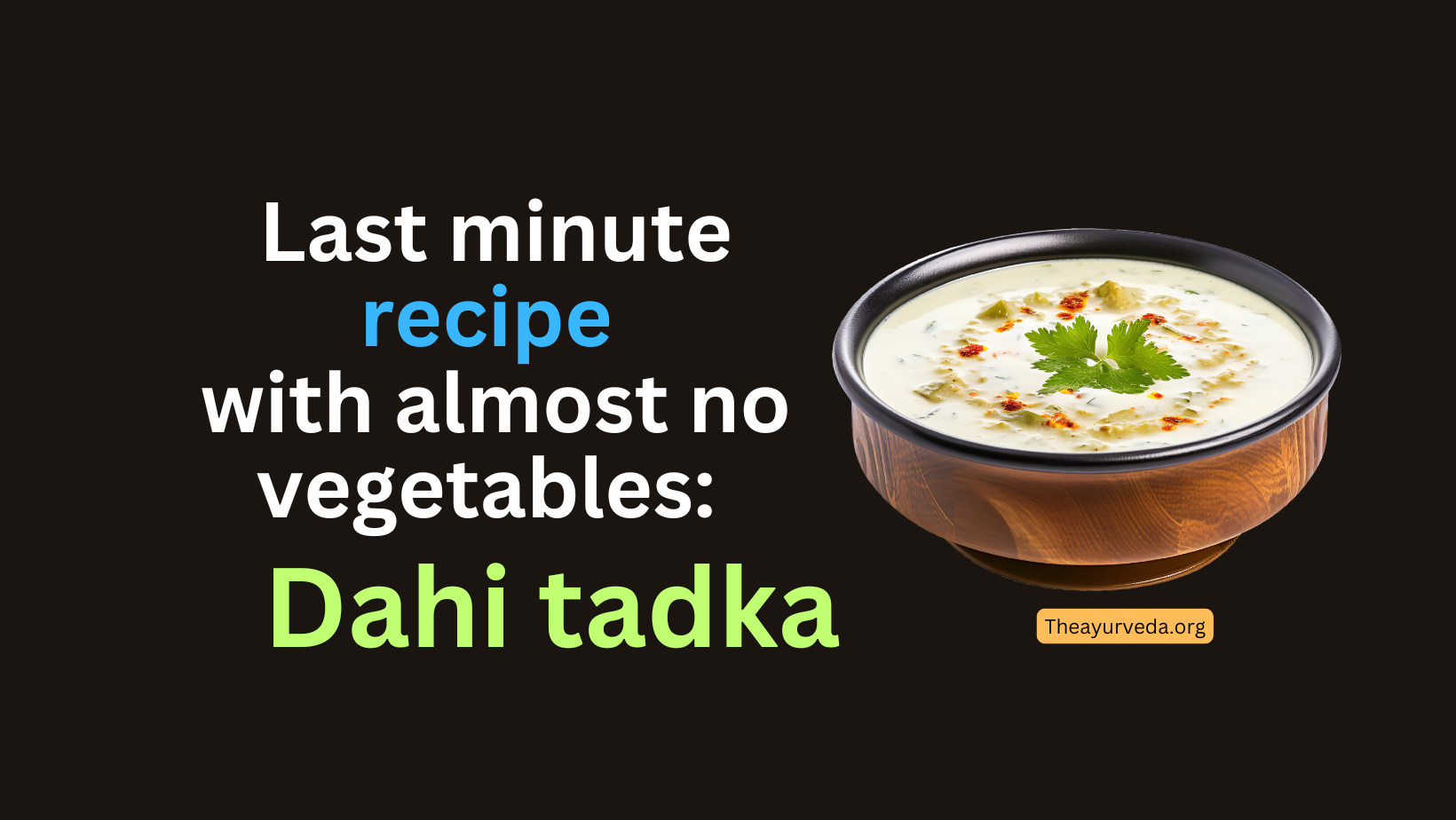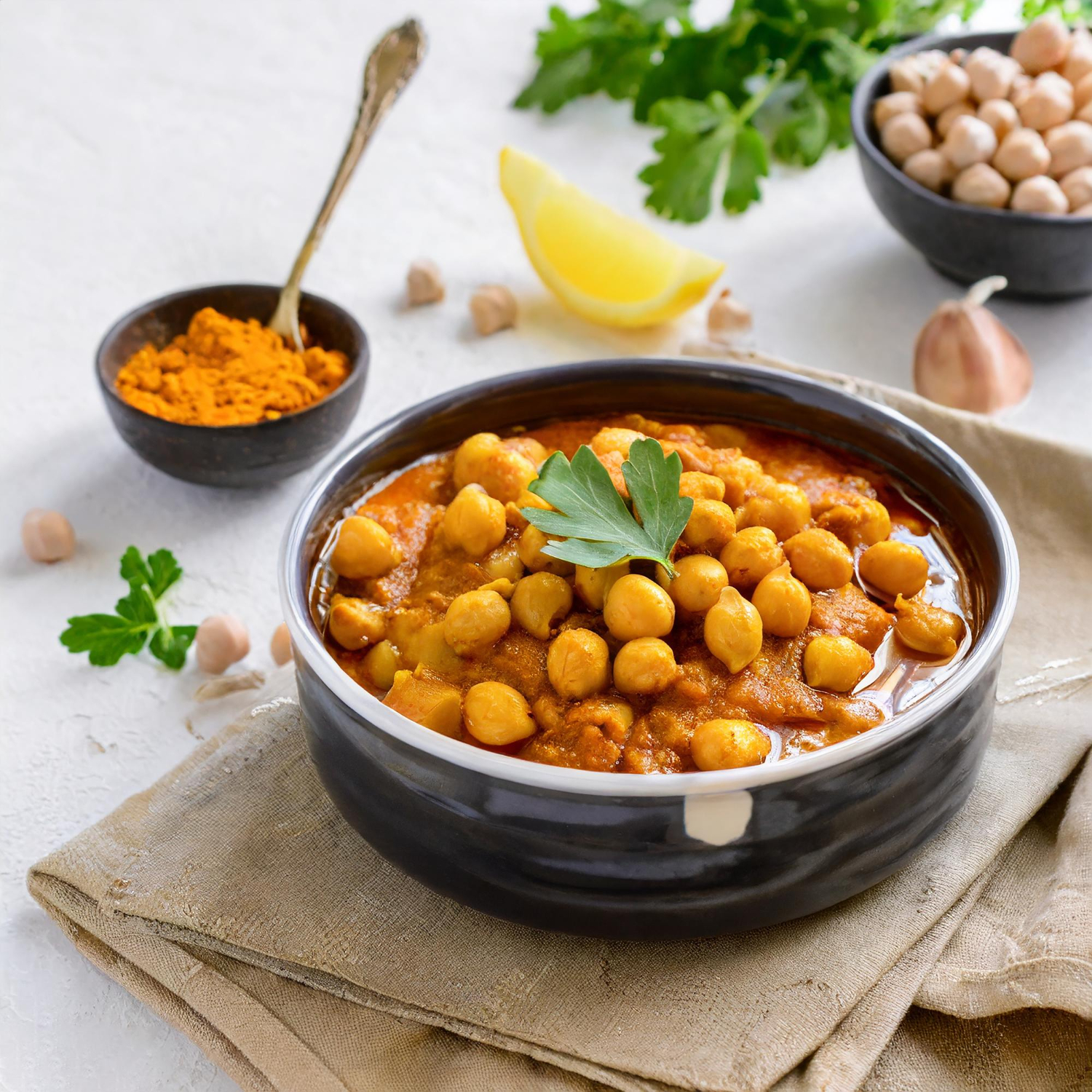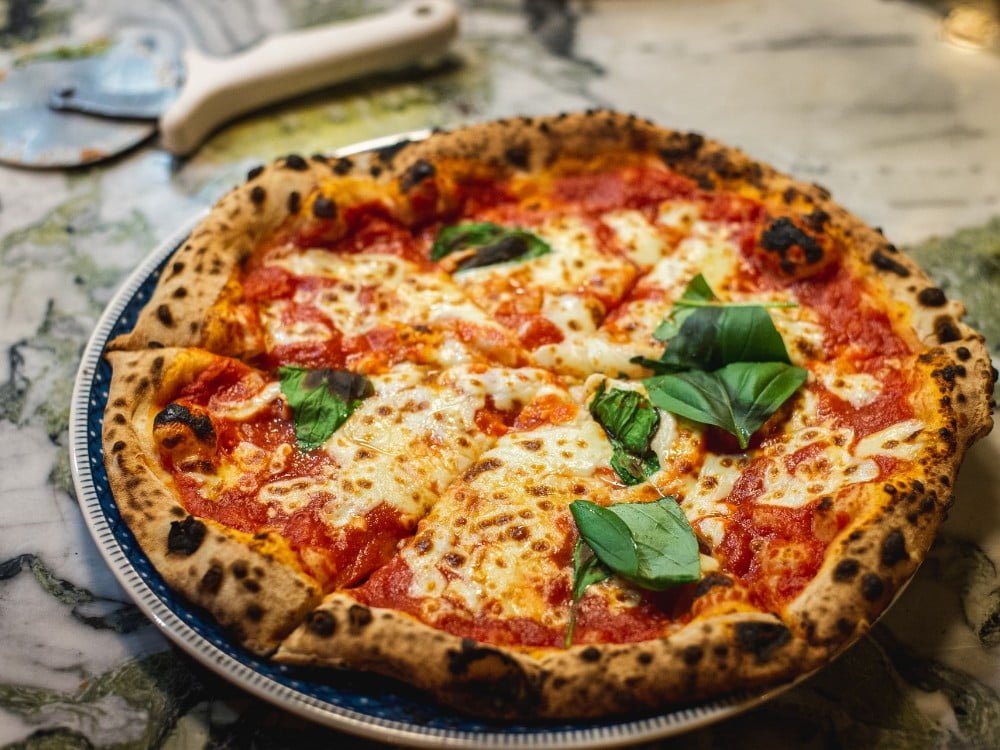So, what’s your weekend plan? You know what’s the most exciting thing about weekends? Everyone is home, free from work, offices, and school. It’s family time, which is quality time. Due to the busy Monday-to-Friday schedule, we hardly have time to prepare something unique and authentic, serve it piping hot, and enjoy it with all the family members. This simple bliss can be savoured on festive days, holidays, and weekends.”
What is Amritsari Pindi Chole, and why is it so famous
Having a plate of freshly cooked hot food is far more satisfying than eating from tiffin boxes or reheating food in ovens. Today, we’re sharing a very yummy, tasty, and tangy recipe for chickpeas called Amritsari Pindi Chole. The name sounds genuinely authentic, and so is its taste and texture. This recipe originates from Rawalpindi, which is now in Pakistan.
This amritsari pindi chole recipe became famous in the land of delicious and authentic foods—Punjab. Punjab is well-known for its traditional food preparations, which are untouched by impurity. Chole, rajma, dal makhani, buttery versions of paneer, chicken, and more all originate from this blissful region.
Like other chickpea masala recipes such as Kabuli chana masala, Jaisalmeri chana masala, and regular chole, this Pindi chole has a unique twist. What sets it apart at first glance is its blackish texture. While you’re used to seeing chole in reddish, orangish, or brownish shades, Amritsari Pindi chole has a distinct grey-black appearance. Most Punjabi curry recipes use minimal turmeric, which gives them a muted colour but enhances the aromatic flavour. The same applies to our Pindi chole.
Speaking of taste, it’s unique. Pindi chole is tangy, exotic, slightly sweet, and has an authentic spicy flavour. It pairs perfectly with garlic naan, puris, and especially bhatures. It can also be served with jeera rice or steamed rice, along with sirka pyaj or vinegar-infused shallots and pickles.
After reading the description and introduction of our halwai-style Amritsari Pindi Chole, your mouth must be watering by now! So, without further delay,
Let’s move on to the preparation and recipe of Amritsari pindi chole
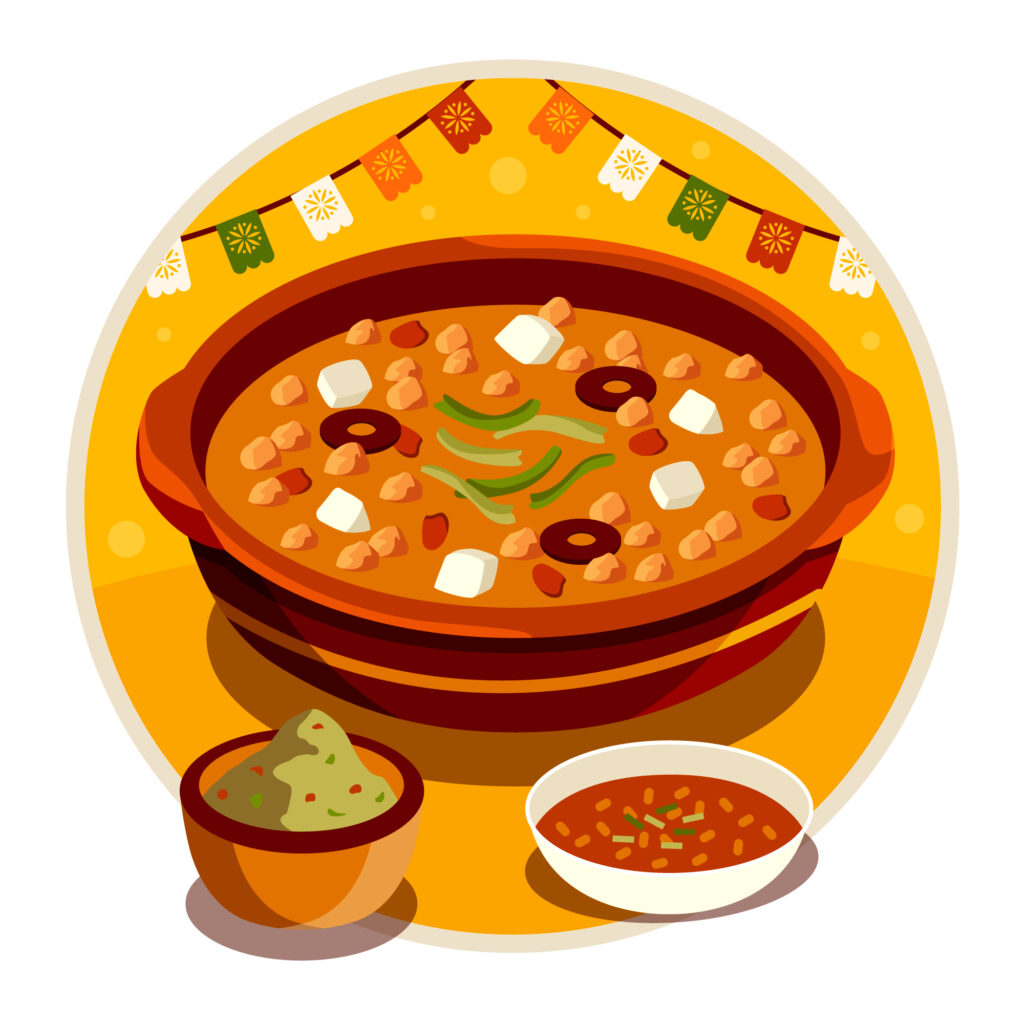
First, you must prepare a secret masala, our recipe’s soul. To make this, take a pan and add:
- Two teaspoons of cumin seeds
- Two teaspoons of black peppercorns
- 2-3 teaspoons of whole coriander seeds
- One teaspoon of cloves
- Two teaspoons of green cardamoms
- 4-5 black cardamoms
- Two teaspoons of Shah Jeera
- Two javitri flowers
- 2 star anise
- a 4-inch cinnamon stick
- 3-4 bay leaves
- Four teaspoons of dried pomegranate seeds (anardana)
Roast all these on a low to medium flame until an aromatic fragrance fills the kitchen. Turn off the flame and let the spices cool down completely.
Once cooled, transfer the roasted spices into a grinder jar, then add:
- 2 tablespoons of Kashmiri red chilli powder
- 1 teaspoon of sugar
- 1 teaspoon of salt
Grind everything into a fine powder. Your secret ingredient for the yummiest chole is ready! This masala is crucial, so don’t skip it—it will truly add magic to your chole.
Let’s see our ingredients for Chole.
- Chickpeas or Kabuli chole – 2 cups
- Tea powder – 2 tablespoons
- 2 medium-sized onions- finely chopped
- 2-3 ripe tomatoes pureed
- 2-3 tablespoons of ginger garlic paste
- Salt as per taste
- Mustard oil for cooking
- Turmeric powder – 2 teaspoons
- Amchoor powder – 2 teaspoons
- Black cardamom – 4-5
- Star anise – 2-3
- Bay leaves – 3-4
- Cloves – 5-6
- 4 inch cinnamon stick
- Water as per use
- Chopped dhania or cilantro leaves
Methods of preparation:
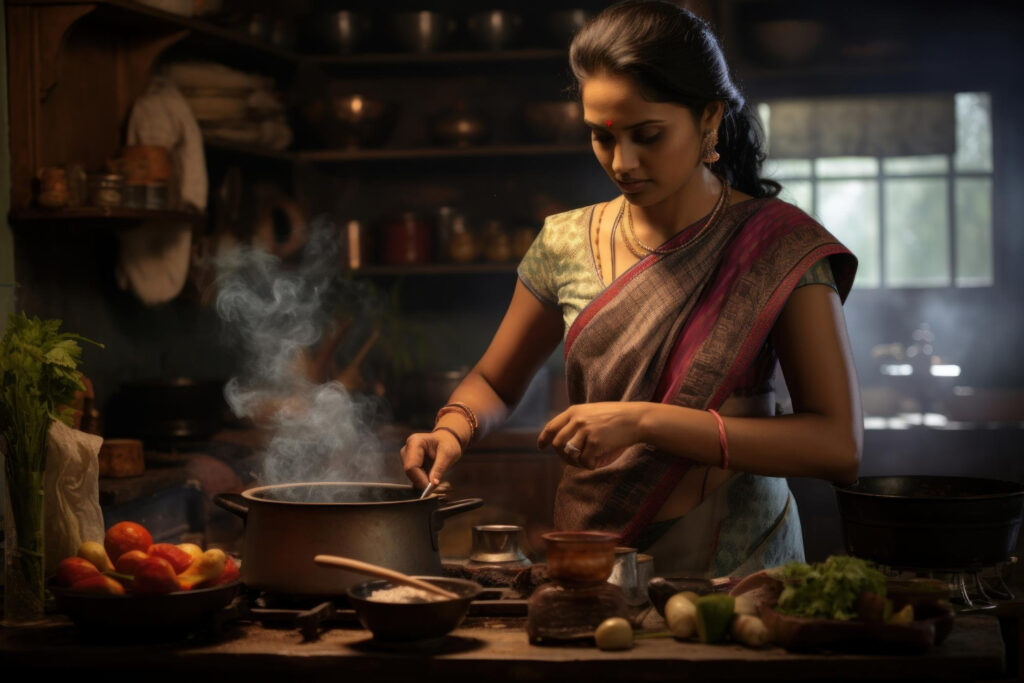
- For cooking the chole, you can use either an iron kadai or an earthen pot. Both will give your chole an authentic flavour and enhance its texture.
- Our first step is to soften the chickpeas. At this stage, the chickpeas will absorb the brown-black color that will later give them the perfect shade we want. To do this, take a clean piece of muslin cloth and place the following ingredients inside:
- 1 to 1½ tablespoons of tea powder
- 2 black cardamoms (badi elaichi)
- 2 star anise
- 1 cinnamon stick
- 2 teaspoons of fennel seeds
- 2 teaspoons of shah jeera
Tie the cloth tightly in knots, ensuring none of the ingredients can escape.
- Now, take a pressure cooker and add the soaked chickpeas, 3 cups of water, 2 teaspoons of salt, and the knotted muslin cloth. At this stage, you can also add some oil or desi ghee and a teaspoon of turmeric (haldi). Cook on a low to medium flame for 3-4 whistles. This will ensure the chickpeas are softened.
- If you prefer, you can use dried amla instead of tea powder—it will provide the same texture and colour
- Now we will prepare our masala. Heat the kadai or pot and add 2-3 tablespoons of mustard oil. Once the oil is hot, add the remaining spices and chopped onions. Fry on medium-high heat until the onions turn a pink-brown colour.
- Next, add ginger-garlic paste and sauté for 2-4 minutes. Then, add the prepared tomato purée.
- At this stage, cook the masala until it starts releasing oil. Keep stirring it to prevent burning. Add a little salt and turmeric, as we’ve already added some earlier. Once the masala is well-cooked, add the prepared chole masala and give it a good mix.
- Now, add the pressure-cooked chickpeas. Before doing so, remove the spice potli from the cooker—the water should have turned a brownish-black colour, with all the flavours infused into it. Add the chickpeas along with this water, as it holds the natural flavour.
- Turn the flame to high and cook. Give the chole a good mix, then cover the pot to trap the steam. This will help the chole absorb the flavours and achieve its authentic taste.
- Don’t make the gravy too watery, as it will affect both the taste and texture. Aim for a soupy consistency, perfect for bhatures and naans. Turn off the flame and sprinkle chopped coriander (dhaniya) over the chole. At this stage, you can also add a garlic tadka—temper a tablespoon of mustard oil with chopped garlic for a rustic, country-style flavour.
I hope you will enjoy it!
And that’s it, we’re done! Cover the pot to retain the heat and flavours. Serve hot with naan, bhature, puris, or kachori. Don’t forget to add some sirka pyaz, green chutney, or mixed pickle on the side. This dish is just the perfect weekend treat—everyone will love it! Give this recipe a try, and share your preparation experience with us. If you have any questions or doubts, feel free to ask in the comment box.
Happy cooking, eat well, and live healthy!








